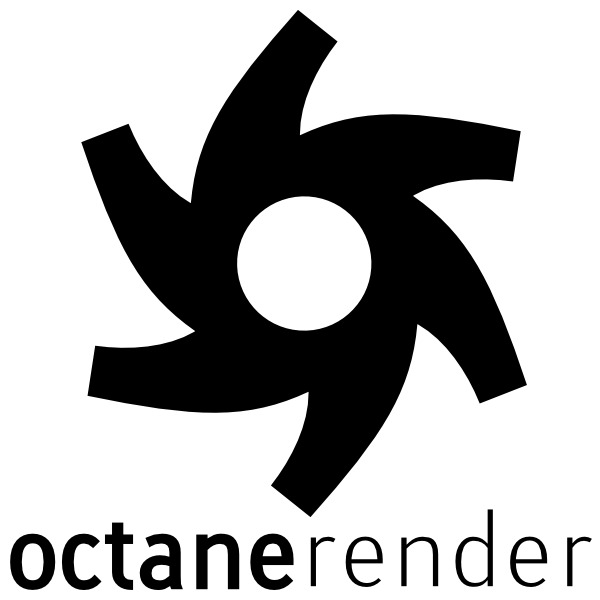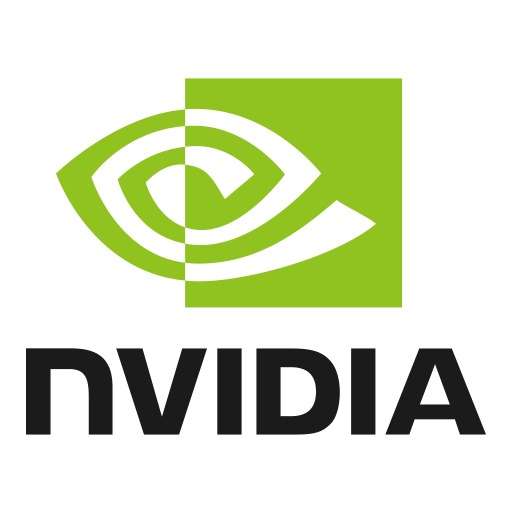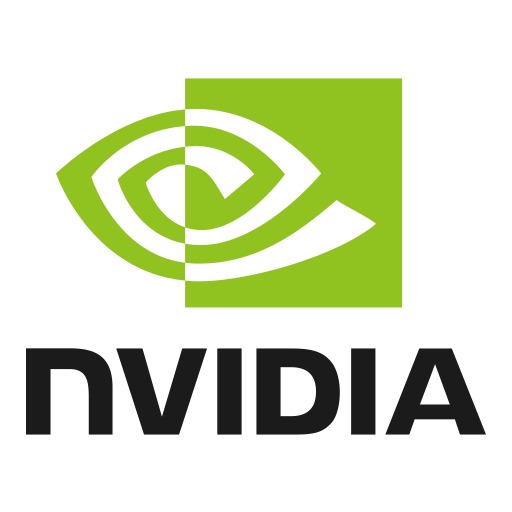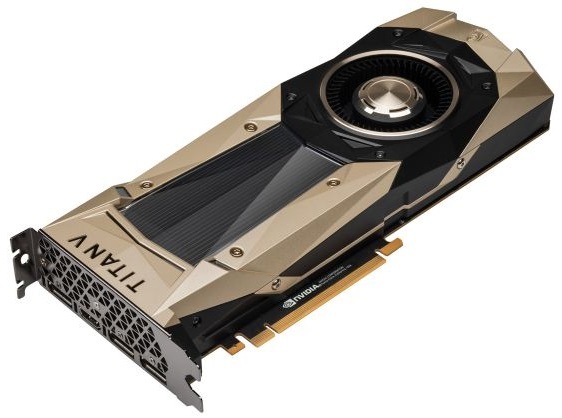With much of the scripting done, I turn my attention to making the benchmark somewhat customizable.

OctaneBench 2019 Performance Preview
OTOY is nearing completion of OctaneBench 2019, the first version of their OctaneRender benchmark to support the new RTX technology in NVIDIA’s Turing-based GeForce and Quadro video cards. We will do a full performance roundup when OB 2019 is finished, but for now I wanted to put out a quick preview of the performance increase that RTX tech can bring to GPU rendering.

NVIDIA RTX Graphics Card Cooling Issues
With the RTX series of GPUs, NVIDIA has moved to using dual fans as the standard cooling layout on their GeForce and Titan video cards. This is a big change from past generations and has even bigger implications for using NVIDIA graphics cards in multi-GPU workstations. Let’s look at what changed, what it impacts, and what can be done to work around it.

What Does the Launch of the GeForce RTX 20 Series Mean for the Future?
Like many of you, I was glued to my computer screen this morning during NVIDIA’s live-stream of the GeForce RTX 20 series launch. But what exactly was shown today, and what does it mean for the future of gaming, virtual reality, and other GPU-based applications?

NVIDIA Titan V Surprise
NVIDIA’s CEO, Jen-Hsun Huang, dropped a bit of a bombshell at the NIPS conference yesterday: the launch – and immediate availability – of the next graphics card in NVIDIA’s Titan series. It is called the Titan V, with V referring to the new Volta architecture it is based on. So what can we expect from the latest entry in the Titan lineup?

ANSYS Mechanical – Balancing Performance and Licensing Costs
We test a lot of software here at Puget Systems, and in most cases what we are looking for is what hardware lets a given program run the fastest – or in some cases, what is the most cost effective. If you can get 95% of the best possible performance for half the price that it would cost to get a full 100%, for example, that is often a compelling way to go. However, ANSYS Mechanical (and FLUENT) present a different challenge: how can you get the best performance within the limitations of the ANSYS licensing model?
Titan X is dead, long live Titan X!
Meet the all new Titan X, and don’t get confused by the name
GeForce GTX 1080 & 1070 Frequently Asked Questions
NVIDIA’s announcement of the GeForce GTX 1080 and 1070 video cards has a lot of folks excited, and I’ve responded to several questions over the last few days regarding these cards. In an effort to help a wider audience who probably have similar questions, I’ve put together a summary of what we know at this point about these upcoming graphics cards.
NVIDIA ShadowPlay – GPU Accelerated Recording and Streaming
A brief overview of software from NVIDIA to record or live-stream games (or other content), using a GeForce graphics card to handle the video encoding in real time with minimal impact on performance.
Titan X – What is it and who is it for?
NVIDIA’s GeForce GTX Titan X isn’t for everyone – no $1000 video card ever will be – but it has some very specific roles where it excels. Click here to read about what the Titan X is and what it does well at!




